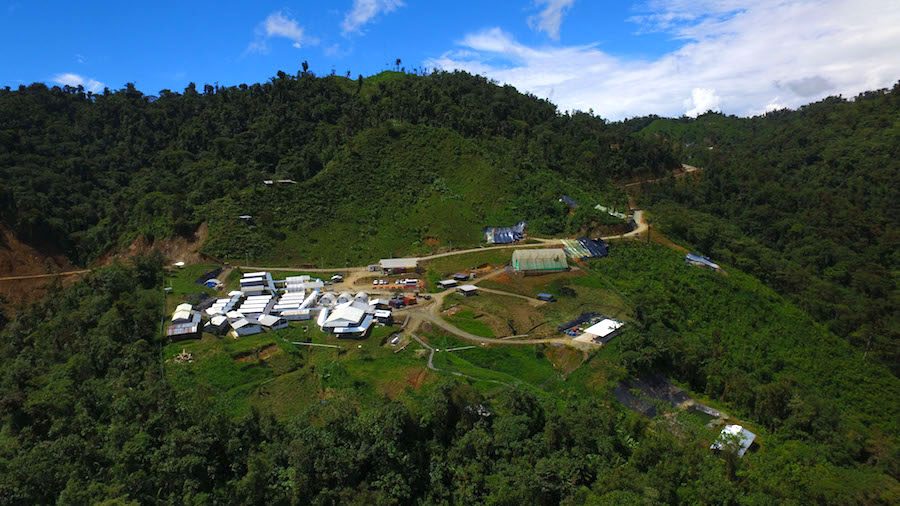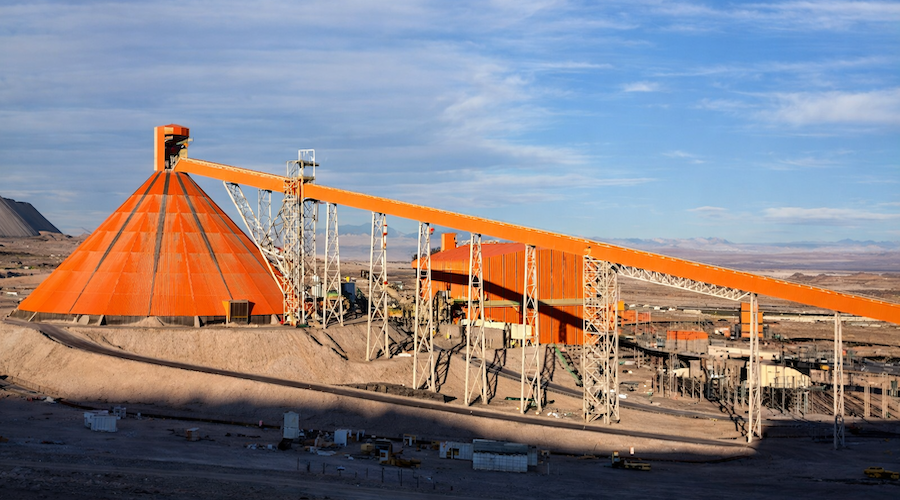SolGold loss almost doubles as its goes all in at Ecuador projects

Shares in Ecuador-focused explorer SolGold (LON, TSX:SOLG) dropped Friday in Toronto after the company reported an annual loss that almost doubled the one registered in 2017.
For the 12 months to June, SolGold’s pre-tax loss was A$15.3 million, compared to $8.3 million it recorded a year before.
The stock fell 3.2% in Toronto to 60 Canadian cents by 10:05 local time, despite the company also saying it had successfully raised £45 million (about A$81m) during the year, which left it with a cash balance of A$81.8 million, compared to A$89.3 million in 2017.
In the past year the company has been advancing its 85%-owned Cascabel copper-gold project, in northern Ecuador, one of the very few new ones expected to come online in the near future.
Early this month, world’s largest miner BHP bought a stake in SolGold, securing access to the SolGold’s flagship Cascabel copper-gold project.
SolGold’s progress over the last 12 months has focussed on making the resource at Alpala, particularly the high grade portion, larger and higher in grade.
“We have been receiving and announcing some very encouraging extensions and infills to the high grade model and the overall resource at Alpala, chief executive Nicholas Matter, said in the report. “Ultimately this will add significant value to the project and we expect with the early outcomes from the Preliminary Economic Assessment (PEA) that the share price will appreciate to close the value price gap,” he said.
Matter added that the company’s vision was to add Cascabel-like projects to its portfolio, all through the spine of Ecuador along the gold-rich Northern Andean Copper Belt, renowned for also hosting almost half the world’s copper known reserves.
Early this month, world’s largest miner BHP (ASX, NYSE:BHP) (LON:BLT) bought a 6.1% stake in SolGold, securing access to the explorer’s flagship project.
According to Colin Hamilton, director of commodities research at BMO Capital Markets, the current copper pipeline is the lowest seen this century, both in terms of number and capacity.
The company’s Cascable project is one of the very few new copper mines expected to come online in the near future.
“After delivery of Cobre Panama (with the main ramp early next year) we are left with a gap until we see the next batch of 200ktpa-plus projects in 2022-23. This is when the likes of Kamoa, Oyu Tolgoi Phase 2, and QB2 are likely to offer meaningful supply growth,” Hamilton said in April.
Prices for copper, however, have dropped almost 20% in London so far this year, due to a combination of factors, including a strengthening dollar, mounting trade disputes and emerging market turmoil.
Attracting majors
Ecuador has gained ground as a mining investment destination in the past two years thanks to a revised regulatory framework and a major investor engagement campaign that has already attracted around 420 applications for concessions in less than a year.
In February, Australia’s Newcrest Mining (ASX:NMC) took a 14 percent stake in Lundin Gold, which expects to bring its Fruta del Norte gold and silver mine in southeastern Ecuador into production by the end of next year.
This week, another big miner, Anglo American (LON:AAL), landed in the South American country. Through a deal with Canadian Luminex Resources (TSX-V: LR), the company will develop two copper and gold concessions in the South American country.
Currently, the nation’s emerging mining sector employs 3,700 people, but the government estimates the figure will rise to about 16,000 by 2020.
{{ commodity.name }}
{{ post.title }}
{{ post.date }}




Comments